Dslr Vs Point And Shoot: What Is a DSLR Camera?
DSLRs are generally seen as interchangeable lens cameras. The cameras that look quite professional and have an arsenal of lenses to choose from! DSLR is an acronym for digital single-lens reflex camera. The DSLR combines optics and mechanisms of an SLR (film camera) with a digital image sensor. It’s very customizable and holds a lot of coveted features. Photographers can manipulate the camera’s capability to shoot a particular scene. This affects the final image, due to how the DSLR works. A DSLR works like this: Inside the camera body is a mirror that reflects the light coming from the lens up into an optical viewfinder. This is how you can see what you’re shooting, right through the lens, and is where the term “reflex” comes from. When the shutter is pressed, that mirror flips up out of the way, the shutter slides open. Light coming from the lens takes a straight shot to the imaging sensor where a photograph is made. Professional photographers use DSLRs and mirrorless cameras exclusively for their work due to the ability to change lenses, high quality images, customization functions and larger sensors.
DSLR Advantages
There are quite a few advantages to using a DSLR camera (I’m an avid DSLR user myself!).
Image quality. DSLRs sport powerful sensors and very high megapixel counts. Far above p&s cameras. As such, the final image is very high quality and professional grade. Optical viewfinder. The optical viewfinder allows you to view the frame in actuality, rather than relying on a digital LCD screen. Interchangeable lenses. This is a huge advantage to DSLRs. The ability to change lenses allows you unlimited possibilities. The lens is arguably the most important aspect of photography. This is because the camera lens determines most of the quality and ease-of-shooting. The lens also influences the final product significantly more. Better low-light capability. The camera’s low light capability is far superior to that of a point and shoot camera. This is because of the powerful sensors and ability to change lenses to a lens with a very wide aperture. Flexibility and customization. DSLRs are the most adaptable cameras on the market. You control every facet of the camera. Shutter and focus speeds. The shutter and focus speeds are fully customizable on a DSLR. Full control over the aperture. Due to being able to change lenses, you have full control over the aperture. Long battery life. The batteries that DSLRs use are very powerful and contribute to a long battery life. Weather sealing and durable build. The bodies will sport weather sealing and are very durably built, meant to withstand the elements. Retains resale value longer. Because of the lower quality of point and shoot cameras, DSLRs tend to retain more resale value over time.
DSLR Disadvantages
However, like most things, there are cons to DSLR cameras as well.
Expensive. Due to the higher quality, inner components, and features, DSLRs tend to be expensive luxuries. Far less cost effective than point and shoot cameras. Extra accessories. DSLRs come as body-only, unless you purchase a kit (but even in kits, the lenses don’t tend to be very good). As such, you will need to invest even more money in extra lenses, external flashes, and other components for your camera. Unlike in point and shoots where everything is already pre-built. Large and heavy. To house all of the components, DSLRs tend to be large, heavy, and generally bulky in size. Backs and necks definitely suffer with these cameras after extensive use. Less portability. Because you have to carry so much, the DSLR body, the lens(es), and accessories, the kit is less portable than a convenient point and shoot. Noise. DSLRs tend to be noisy when taking photographs, which has its own list of problems. Steep learning curve. Due to the manual nature and excess of features of DSLRs, they can be complex to the untrained. Ongoing maintenance and care. DSLRs require regular cleaning, maintenance, and care by professionals in order to properly operate.
What Is a Point and Shoot Camera?
Point and shoot cameras are the most common ones, used by everyday families and individuals. “Point and shoot” means it has a built-in lens, an autofocus, and a built-in flash component. These cameras are popular due to being easy to use and boasting a user-friendly, compact size. The built-in lenses are usually focus-free, having stationary apertures. Models of such cameras with a flash have no control on the exposure of flash due to the fixed aperture size. However, due to technological advances, some newer models do give the user some control over aperture and exposure. Point-and-shoot cameras are much simpler to operate and more compact than DSLRs, but do not give photographers as much control over the final image. Most of its use is automatic.
Point and Shoot Advantages
Point and shoots, especially modern ones, are convenient and nifty little things. These are the pros to choosing a point and shoot camera!
Compact size. The small and convenient size of the point and shoot camera is a massive advantage over DSLRs. Low weight. Along with the small size, point and shoots are lightweight and easy to carry. You can throw it in a purse or bag with ease. No need for large camera bags. Easy to use and ready right out of the box. Point and shoot cameras are intended to be used right out of the box (after charging, of course). They are user friendly and don’t take a lot to learn how to use. Automatic functions. The camera is almost fully automatic, taking all of the manual work away from you while you have to use auto mode. Quiet. Point & shoots are fully digital, and as such, tend to be very quiet shooters. A massive advantage. Fixed-lens camera with built-in flash. With all of the key components being fixed, there is no need to carry around additional products. Price. Point and shoots come in a varied price range, but all are very affordable!
Point and Shoot Disadvantages
That being said, because point and shoots were not intended for advanced use, here are the shortcomings.
Lower quality. Because the cameras are not intended for professionals and don’t sport powerful sensors, the megapixel count is low, and the leads to lower or limited quality. Depth of field. The depth of field due to the aperture size is very limited or often fixed, which means you have no stylistic control of this aspect. Limited control. The manual control boasted by DSLRs are missing in point and shoot cameras. Lack of low light ability. These cameras are not intended for low light, and as such, the sensors are not very powerful. Fixed lens. The fixed lens means you’re stuck with whatever is in the camera indefinitely, and cannot change lenses. The lack of ability to change lenses leaves you with limited shooting options. Limited speed. The camera has fixed shutter speed and autofocus settings, unlike a DSLR. Short battery life. Due to the use of the digital LCD screen, the battery tends to die faster than a DSLR.
Best Point and Shoot Recommendations
For everyday fun use, here are our recommendations for best point and shoot cameras and DSLRs. In 2018, the Canon Powershot line are wonderful little cameras! It comes with a 1in-type 20.1MP CMOS sensor, DIGIC 7 processor, Raw shooting, a lens equivalent to 24-100mm f/1.8-2.8 and 8fps burst shooting. The Canon PowerShot G7 X Mark II compact camera is a solid choice for photographers more interested in function over form. This is likely one of the closest to pro quality point and shoots you can find. Alongside the Canon Powershots, the Panasonic TZ200 / SZ200 is a great choice. TZ200 / SZ200 is a great choice. Voted one of the best travel point and shoot cameras, the built-in lens covers a 24mm wide-angle view right up to a long-range 360mm equivalent telephoto setting. Thirdly, the Sony RX100 VI easily makes this list for best point and shoot cameras of 2018. This is a camera that can shoot images at 24fps, with continuous AF and auto exposure maintained throughout. The camera also has 315 phase-detect AF points and can record 4K footage.
Best DSLR Recommendations
There are many, many DSLR cameras on the market, from brands such as Canon, Nikon, Sony, Leica, and more. However, for the purpose of this article, these are our favorite hobby-level and enthusiast DSLRs whose price tags are closer to point and shoot cameras. The Nikon D7500 is an excellent well rounded DSLR camera. This camera spots a compact and lightweight body (for a DSLR) but still produces quality work. There is also 4K video capture, a tilt-angle touchscreen display and 8fps burst shooting. <img class=“aligncenter wp-image-46658 size-full” src=“https://expertphotography.com/wp-content/uploads/2018/12/Point-and-shoot-vs-dslr-canon.jpg" alt=“A Canon EOS 80D body” width=”700″ height=”700″ /> The Canon EOS 80D is another great option, along with any camera in the Canon Rebel line. Easier to use than most DSLRs, the cameras sport a fast and effective 45-point autofocusing system. And the Dual Pixel CMOS AF system for Live View focusing delivers fast and efficient focusing speeds. Thirdly, we like the Pentax K-3 II as an option. This body sports a rugged, weatherproof build, impressive 8.3fps continuous shooting speed and a sharp 24-megapixel sensor with no anti-aliasing filter. And it can ‘simulate’ an anti-aliasing filter using its sensor shift system.
Conclusion
Simply put, neither is better than the other- they are just different! One will suit a certain set of needs that the other may not. Knowing the advantages and disadvantages of both a point and shoot camera and a DSLR is key. Then you can pick the right camera for you based on what you desire out of your picture-taking machine.
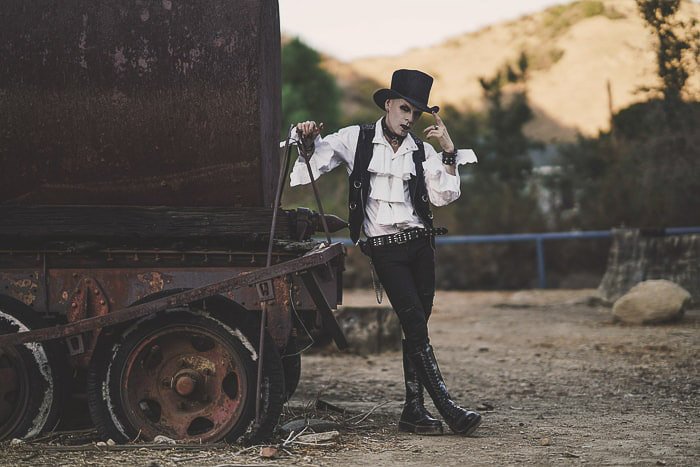









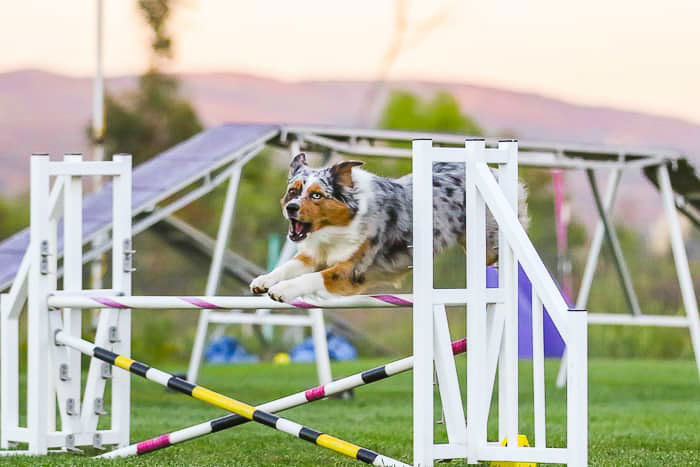
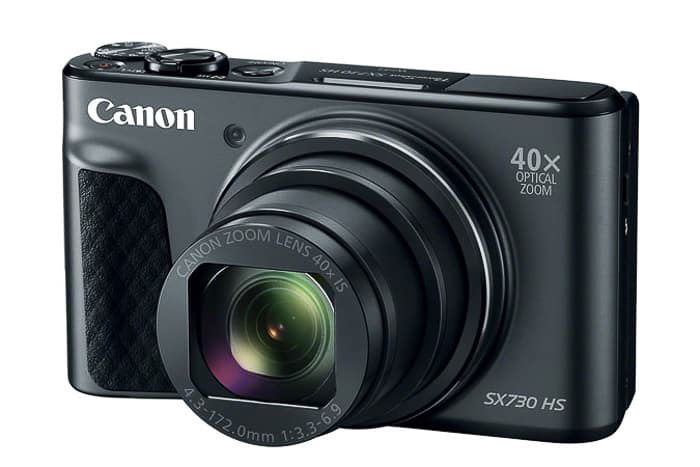
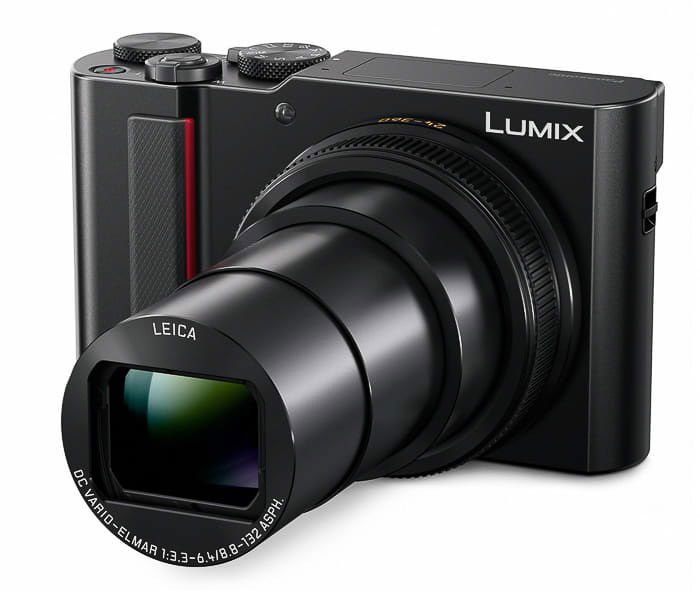
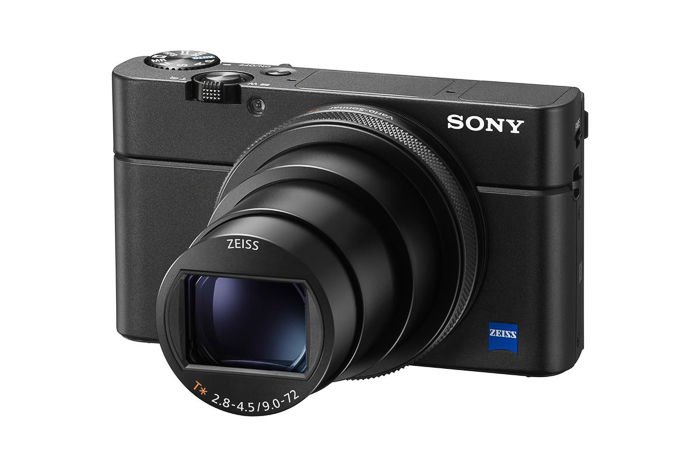
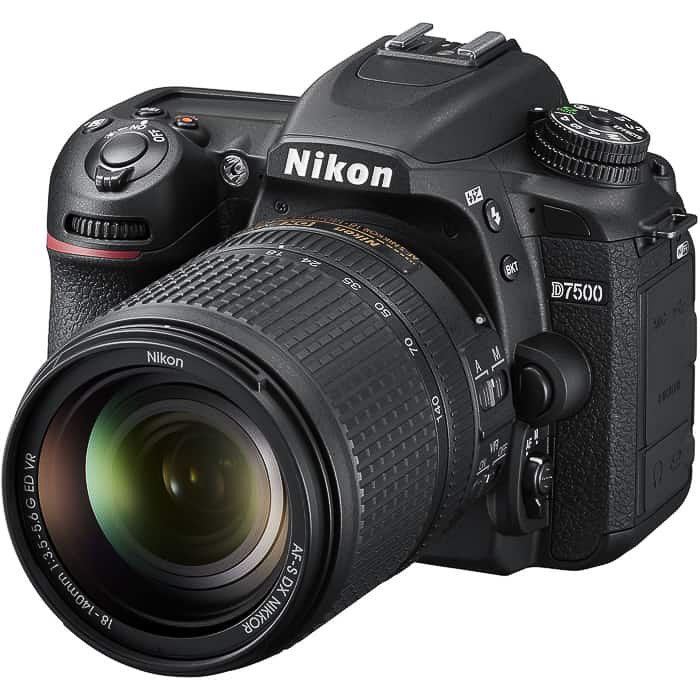
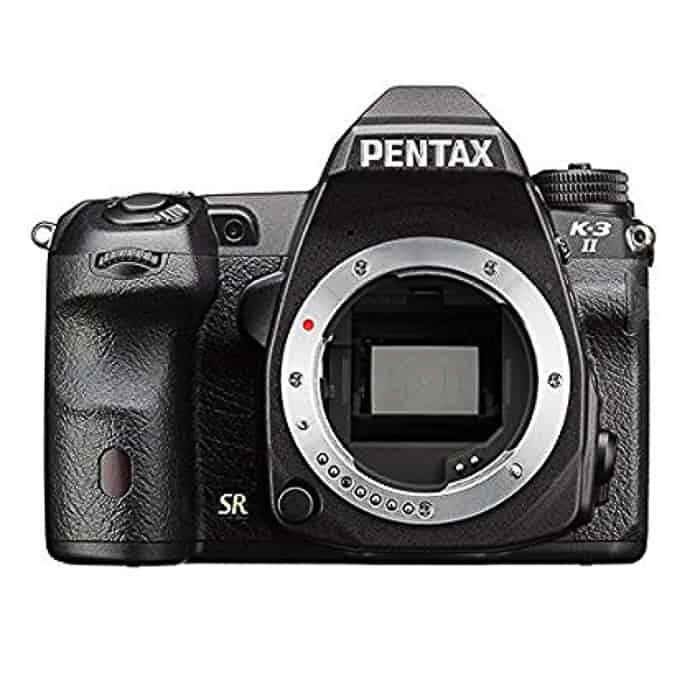

title: “Dslr Vs Point And Shoot Which Is Best In 2023 " ShowToc: true date: “2023-02-16” author: “Paul Duran”
Dslr Vs Point And Shoot: What Is a DSLR Camera?
DSLRs are generally seen as interchangeable lens cameras. The cameras that look quite professional and have an arsenal of lenses to choose from! DSLR is an acronym for digital single-lens reflex camera. The DSLR combines optics and mechanisms of an SLR (film camera) with a digital image sensor. It’s very customizable and holds a lot of coveted features. Photographers can manipulate the camera’s capability to shoot a particular scene. This affects the final image, due to how the DSLR works. A DSLR works like this: Inside the camera body is a mirror that reflects the light coming from the lens up into an optical viewfinder. This is how you can see what you’re shooting, right through the lens, and is where the term “reflex” comes from. When the shutter is pressed, that mirror flips up out of the way, the shutter slides open. Light coming from the lens takes a straight shot to the imaging sensor where a photograph is made. Professional photographers use DSLRs and mirrorless cameras exclusively for their work due to the ability to change lenses, high quality images, customization functions and larger sensors.
DSLR Advantages
There are quite a few advantages to using a DSLR camera (I’m an avid DSLR user myself!).
Image quality. DSLRs sport powerful sensors and very high megapixel counts. Far above p&s cameras. As such, the final image is very high quality and professional grade. Optical viewfinder. The optical viewfinder allows you to view the frame in actuality, rather than relying on a digital LCD screen. Interchangeable lenses. This is a huge advantage to DSLRs. The ability to change lenses allows you unlimited possibilities. The lens is arguably the most important aspect of photography. This is because the camera lens determines most of the quality and ease-of-shooting. The lens also influences the final product significantly more. Better low-light capability. The camera’s low light capability is far superior to that of a point and shoot camera. This is because of the powerful sensors and ability to change lenses to a lens with a very wide aperture. Flexibility and customization. DSLRs are the most adaptable cameras on the market. You control every facet of the camera. Shutter and focus speeds. The shutter and focus speeds are fully customizable on a DSLR. Full control over the aperture. Due to being able to change lenses, you have full control over the aperture. Long battery life. The batteries that DSLRs use are very powerful and contribute to a long battery life. Weather sealing and durable build. The bodies will sport weather sealing and are very durably built, meant to withstand the elements. Retains resale value longer. Because of the lower quality of point and shoot cameras, DSLRs tend to retain more resale value over time.
DSLR Disadvantages
However, like most things, there are cons to DSLR cameras as well.
Expensive. Due to the higher quality, inner components, and features, DSLRs tend to be expensive luxuries. Far less cost effective than point and shoot cameras. Extra accessories. DSLRs come as body-only, unless you purchase a kit (but even in kits, the lenses don’t tend to be very good). As such, you will need to invest even more money in extra lenses, external flashes, and other components for your camera. Unlike in point and shoots where everything is already pre-built. Large and heavy. To house all of the components, DSLRs tend to be large, heavy, and generally bulky in size. Backs and necks definitely suffer with these cameras after extensive use. Less portability. Because you have to carry so much, the DSLR body, the lens(es), and accessories, the kit is less portable than a convenient point and shoot. Noise. DSLRs tend to be noisy when taking photographs, which has its own list of problems. Steep learning curve. Due to the manual nature and excess of features of DSLRs, they can be complex to the untrained. Ongoing maintenance and care. DSLRs require regular cleaning, maintenance, and care by professionals in order to properly operate.
What Is a Point and Shoot Camera?
Point and shoot cameras are the most common ones, used by everyday families and individuals. “Point and shoot” means it has a built-in lens, an autofocus, and a built-in flash component. These cameras are popular due to being easy to use and boasting a user-friendly, compact size. The built-in lenses are usually focus-free, having stationary apertures. Models of such cameras with a flash have no control on the exposure of flash due to the fixed aperture size. However, due to technological advances, some newer models do give the user some control over aperture and exposure. Point-and-shoot cameras are much simpler to operate and more compact than DSLRs, but do not give photographers as much control over the final image. Most of its use is automatic.
Point and Shoot Advantages
Point and shoots, especially modern ones, are convenient and nifty little things. These are the pros to choosing a point and shoot camera!
Compact size. The small and convenient size of the point and shoot camera is a massive advantage over DSLRs. Low weight. Along with the small size, point and shoots are lightweight and easy to carry. You can throw it in a purse or bag with ease. No need for large camera bags. Easy to use and ready right out of the box. Point and shoot cameras are intended to be used right out of the box (after charging, of course). They are user friendly and don’t take a lot to learn how to use. Automatic functions. The camera is almost fully automatic, taking all of the manual work away from you while you have to use auto mode. Quiet. Point & shoots are fully digital, and as such, tend to be very quiet shooters. A massive advantage. Fixed-lens camera with built-in flash. With all of the key components being fixed, there is no need to carry around additional products. Price. Point and shoots come in a varied price range, but all are very affordable!
Point and Shoot Disadvantages
That being said, because point and shoots were not intended for advanced use, here are the shortcomings.
Lower quality. Because the cameras are not intended for professionals and don’t sport powerful sensors, the megapixel count is low, and the leads to lower or limited quality. Depth of field. The depth of field due to the aperture size is very limited or often fixed, which means you have no stylistic control of this aspect. Limited control. The manual control boasted by DSLRs are missing in point and shoot cameras. Lack of low light ability. These cameras are not intended for low light, and as such, the sensors are not very powerful. Fixed lens. The fixed lens means you’re stuck with whatever is in the camera indefinitely, and cannot change lenses. The lack of ability to change lenses leaves you with limited shooting options. Limited speed. The camera has fixed shutter speed and autofocus settings, unlike a DSLR. Short battery life. Due to the use of the digital LCD screen, the battery tends to die faster than a DSLR.
Best Point and Shoot Recommendations
For everyday fun use, here are our recommendations for best point and shoot cameras and DSLRs. In 2018, the Canon Powershot line are wonderful little cameras! It comes with a 1in-type 20.1MP CMOS sensor, DIGIC 7 processor, Raw shooting, a lens equivalent to 24-100mm f/1.8-2.8 and 8fps burst shooting. The Canon PowerShot G7 X Mark II compact camera is a solid choice for photographers more interested in function over form. This is likely one of the closest to pro quality point and shoots you can find. Alongside the Canon Powershots, the Panasonic TZ200 / SZ200 is a great choice. TZ200 / SZ200 is a great choice. Voted one of the best travel point and shoot cameras, the built-in lens covers a 24mm wide-angle view right up to a long-range 360mm equivalent telephoto setting. Thirdly, the Sony RX100 VI easily makes this list for best point and shoot cameras of 2018. This is a camera that can shoot images at 24fps, with continuous AF and auto exposure maintained throughout. The camera also has 315 phase-detect AF points and can record 4K footage.
Best DSLR Recommendations
There are many, many DSLR cameras on the market, from brands such as Canon, Nikon, Sony, Leica, and more. However, for the purpose of this article, these are our favorite hobby-level and enthusiast DSLRs whose price tags are closer to point and shoot cameras. The Nikon D7500 is an excellent well rounded DSLR camera. This camera spots a compact and lightweight body (for a DSLR) but still produces quality work. There is also 4K video capture, a tilt-angle touchscreen display and 8fps burst shooting. <img class=“aligncenter wp-image-46658 size-full” src=“https://expertphotography.com/wp-content/uploads/2018/12/Point-and-shoot-vs-dslr-canon.jpg" alt=“A Canon EOS 80D body” width=”700″ height=”700″ /> The Canon EOS 80D is another great option, along with any camera in the Canon Rebel line. Easier to use than most DSLRs, the cameras sport a fast and effective 45-point autofocusing system. And the Dual Pixel CMOS AF system for Live View focusing delivers fast and efficient focusing speeds. Thirdly, we like the Pentax K-3 II as an option. This body sports a rugged, weatherproof build, impressive 8.3fps continuous shooting speed and a sharp 24-megapixel sensor with no anti-aliasing filter. And it can ‘simulate’ an anti-aliasing filter using its sensor shift system.
Conclusion
Simply put, neither is better than the other- they are just different! One will suit a certain set of needs that the other may not. Knowing the advantages and disadvantages of both a point and shoot camera and a DSLR is key. Then you can pick the right camera for you based on what you desire out of your picture-taking machine.
















